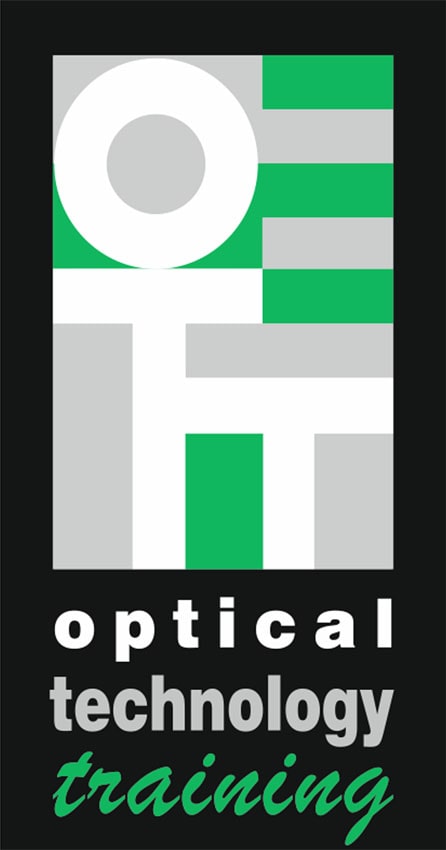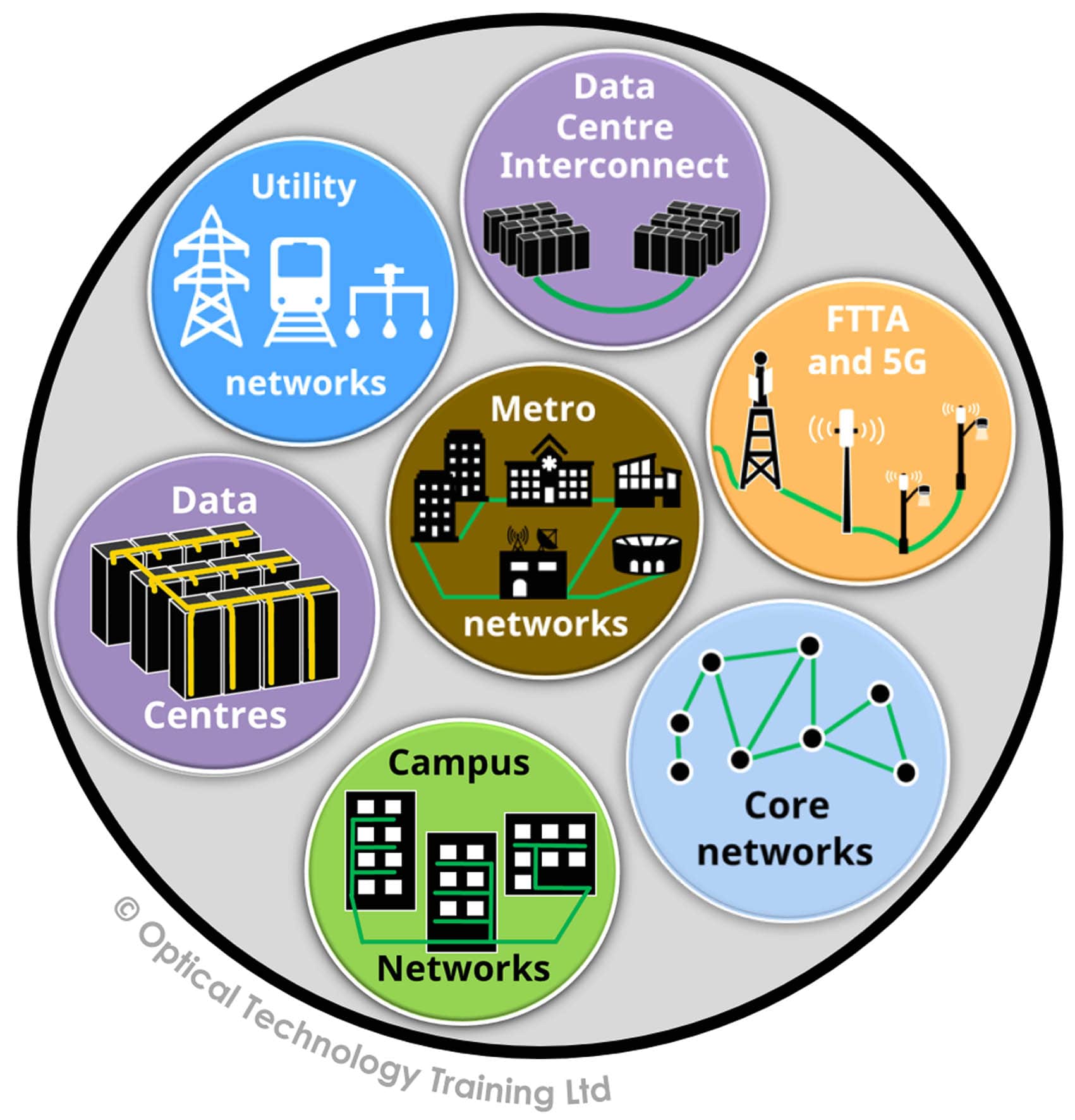What do we mean by a direct detection system in an optical network?
In a direct detection system, the information is coded into the intensity or amplitude of the light to be transmitted along the fibre. At the receive end, we need a detector, a photo-diode, which will convert the intensity of light into an electrical signal. The information is directly recovered from this electrical signal.
A photodiode can convert light signals directly to electrical signals. The more light that hits the photodiode then the greater the electrical current that flows. So that is where the term, direct detection, comes from.
Direct detection can be used for a simple on-off keying modulation format such as Non-return to Zero, and also for a multilevel modulation format such as PAM4.
Direct detection is cheap and mature technology. So direct detection systems are often used to provide the simplest and the lowest cost optical networking solutions for a wide range of applications and data rates.
Where are direct detection systems used?
Generally speaking, direct detection systems are used to provide the simplest and lowest cost optical networking solutions. These may be used:
Which course should I go on to learn about direct detection systems?
The foundation level Certified Optical Networking Associate (CONA) course covers direct detection transmission systems and their associated optical networking technologies:
*Note that CONA is a Project Manager or Planners course, it is not a practical installation or testing course. If you want to acquire the skills to install cabling professionally, then attend the practical hands-on Certified Optical Fibre Installer (COFI) course and if you want to gain in-depth testing skills, then attend the practical hands-on Certified Fibre Characterization Engineer (CFCE) course.
Ask us for the full course programme for the Certified Optical Networking Associate (CONA) course using the form below. Find out about the difference between direct detection systems and coherent detection systems here.
Find a course
The CONA course is currently delivered by OTT’s training delivery partners in the UK, Ireland, USA, South Africa, Nigeria and New Zealand. It may be possible to arrange courses onsite for company groups located in other regions. Some of their dates will be listed here. If you’d like to keep up-to-date with future dates for this course then why not follow us on your preferred social media.
We respect your privacy and we will only share the information you give us with the delivery partner in your region or the one most likely to be able to provide what you are looking for. You can find our full privacy policy here.




